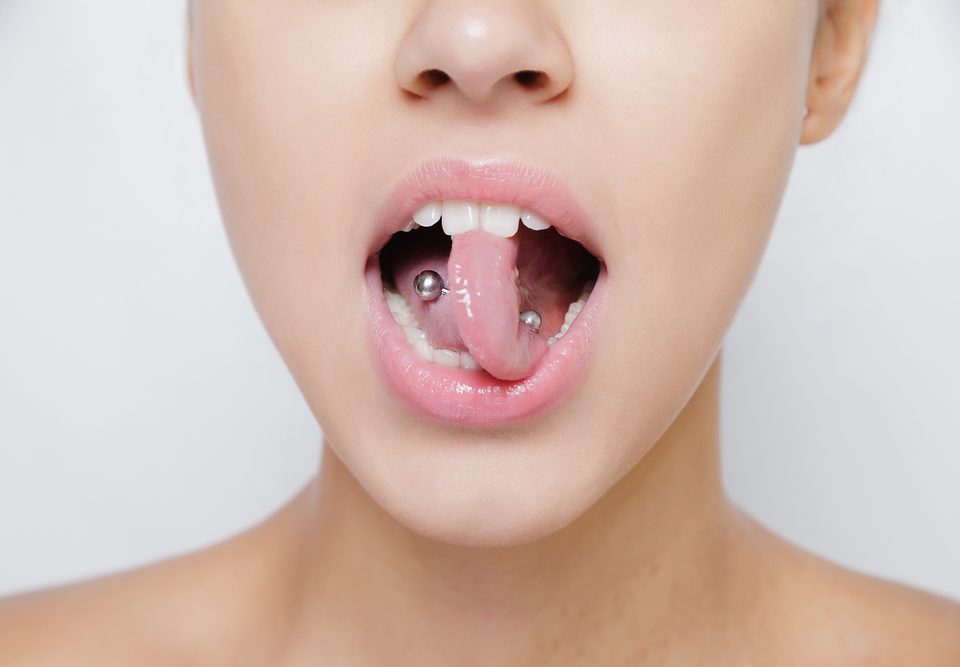- Make An Appointment
Make An Appointment
- 801-273-5632
Interesting Facts About Flossing

Tips for Reluctant Brushers
August 19, 2018
Healthy Snacks for Halloween
October 20, 2018When it comes to maintaining oral health, there are few areas more important than flossing. Flossing is the process that helps get food debris and plaque out from areas where it’s harder to reach, even with a toothbrush, allowing for gum and tooth health that simply would not be possible otherwise.
At Walker Pediatric Dentistry, our dental services for kids include all sorts of preventive areas just like flossing. We can also help both parents and children with home flossing habits and tips, as this is a practice that needs to continue well beyond the dentist office. Most of us know the general basics about flossing, including how to do it, but there are actually a number of interesting facts about brushing that many people aren’t aware of. Let’s go over some interesting tidbits on flossing.
Brushing vs Flossing
Many of us have heard dentists or other oral care professionals talk about how brushing and flossing complement each other, but we rarely dig into why this is the case – we generally just take their word for it. But why should these two be used in connection with each other?
As it turns out, the answer is simple: Brushing generally cleans about 70 percent of the surface area of teeth, and can be relied upon for these areas. But brushes also typically miss important areas like cracks and spaces between teeth, plus might not be as effective at really getting all the way down to the gum line. This is where flossing comes in, to help scrub and pull debris from any leftover spots.
Types of Floss
We mostly just think of floss as a single type, but there are actually two primary types: Monofilament, which is made of basic plastics and rubber, or microfilament, which is made from nylon and silk. The two will feel fairly similar, but may have slightly different effects.
In addition, there are virtually unlimited flavors of floss out there. If you want your kids to floss more but they can’t stand the bland flavor, consider something like mint, bubblegum or even an obscure favorite of theirs to help incentivize them.
Floss Length
Have you ever thought about how long your floss is each day? Probably not, but it’s useful information to have. In general, you need at least 18 inches of floss to make sure there’s enough clean space for every tooth while allowing you to grip the floss properly. If you tend to waste floss, you might need significantly more.
Threaders and Proxabrushes
There’s a common misconception out there that people with braces or retainers can’t floss their teeth because floss would interrupt these devices – this simply isn’t true. Devices like floss threaders and proxabrushes can help people with these items get debris out, not only from between their teeth but also from within their actual mouth equipment as well.
For more interesting facts on floss, or to learn about any of our pediatric dental services, speak to the pros at Walker Pediatric Dentistry today.



